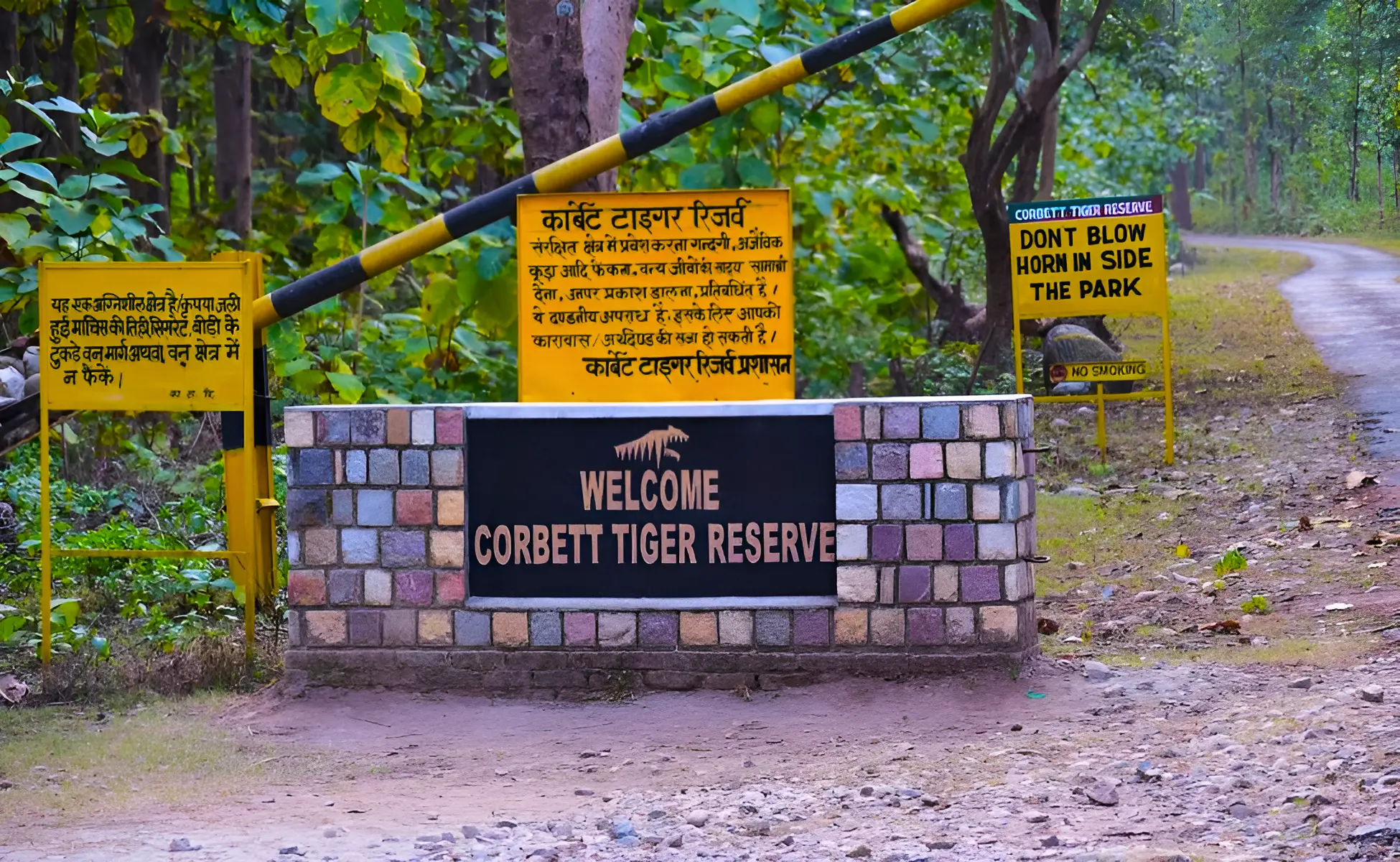![]() 7 Mar 2024
7 Mar 2024
The Supreme Court slammed the former Uttarakhand forest minister for illegal construction and felling of trees inside Jim Corbett National Park, part of the Corbett Tiger Reserve.

| Type | Examples |
| Trees | Sal, Haldu, Sissoo, Rohini, Khair, over 110 varieties |
| Shrubs | 51 species including Ber, Karaunda |
| Flowering Trees | Kachnar, Semal, Dhak and Amaltas |
| Species Type | Examples |
| Mammals | Royal Bengal Tiger, Asiatic Elephant, Leopards, Sloth Bears, Deers (Sambar, Chital, Hog Deer), Otters, King Cobra. |
| Birds | Over 580 species including great pied hornbill, white-backed vulture, Hodgson’s bushchat. |
| Reptiles | Gharials, Mugger Crocodiles, King Cobra. |
News Source: Down to Earth
| Must Read | |
| NCERT Notes For UPSC | UPSC Daily Current Affairs |
| UPSC Blogs | UPSC Daily Editorials |
| Daily Current Affairs Quiz | Daily Main Answer Writing |
| UPSC Mains Previous Year Papers | UPSC Test Series 2024 |

<div class="new-fform">
</div>